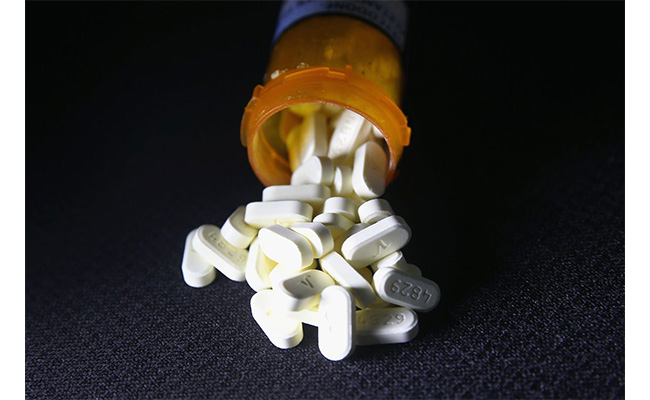This is part-one of a three-part series about self-love.
In Recovery, You Must Learn To Love Yourself
If you are in recovery – whether it’s from drugs, alcohol, or sexual addiction – part of the process is learning to love yourself. When you were in active addiction, you perpetrated harm against yourself. If you were addicted to mood or mind-altering substances, you used toxic chemicals and abused your body. If you were a sex addict, you put yourself in compromising positions that led to shame, guilt, and self-hatred.
Now that you are in recovery, you have to develop a healthy relationship with yourself that reflects self-love. If you are constantly engaged in a cycle of self-defeating thoughts and behaviors, you are doomed to a life of misery and discomfort. After all, you are stuck with you all day long! You have to live with yourself because you are the only person who can leave you. If you are unkind, unloving, and disrespectful towards yourself, it makes for a very difficult journey.
In Recovery, You Realize The Relationship Have With Yourself Needs Work
Chances are, you didn’t have a great relationship with yourself when you started engaging in whatever addictive behavior you are currently recovering from. You might have had low self-esteem. You may have been the victim of abuse or neglect growing up, which caused you to feel worthless and unlovable. Or, you might have been going through a divorce or grieving the loss of a loved one, which caused you to want to numb your pain.
Whatever individual circumstance brought you to use drugs or alcohol or act out sexually, you engaged in negative coping skills that did not reflect self-love. Drugs, alcohol, and sex can trick you into believing you have found a solution to whatever dilemma you are facing – even if that solution is fleeting and counterproductive. Ultimately, addiction brought you to your knees because you came to terms with the fact that it was never a solution and it only created more problems.
When you get into recovery, it becomes painfully obvious that you have been harming yourself with your own behavior. You begin to realize that you don’t know how to love yourself or be kind to yourself. You recognize the fact that the relationship you have with yourself needs some work. This is a good place to be.
Learning To Love Yourself Is A Process
After losing an exhausting battle with addiction, you feel defeated. Life feels overwhelming. At first, it is all you can do just to overcome cravings. Learning to live a life that isn’t centered around drugs, alcohol, or sex is hard work all by itself. But, when the time is right, you find that in order to stay in recovery, you have to begin the process of learning to love yourself.
Be sure and read Learning to Love Yourself – Part Two. In the next blog post, we will talk about how you can begin the process of loving yourself.
CLICK HERE to get a Free Confidential Addiction Rehabilitation Assessment.














